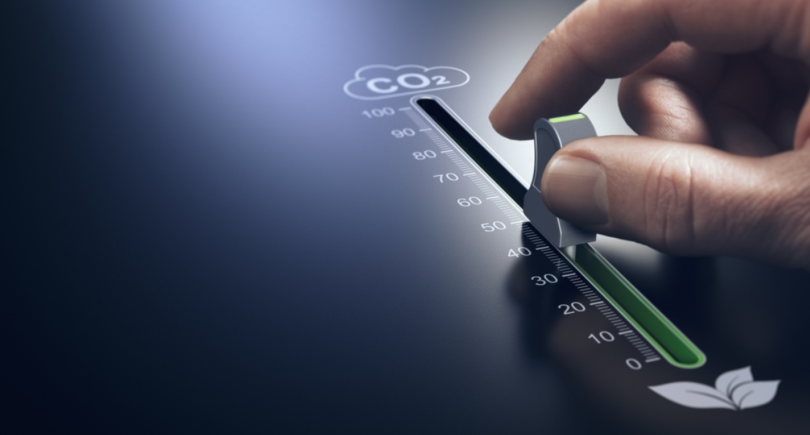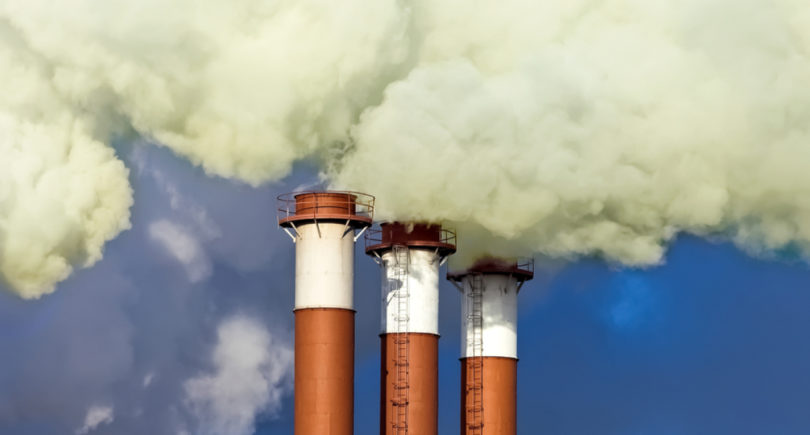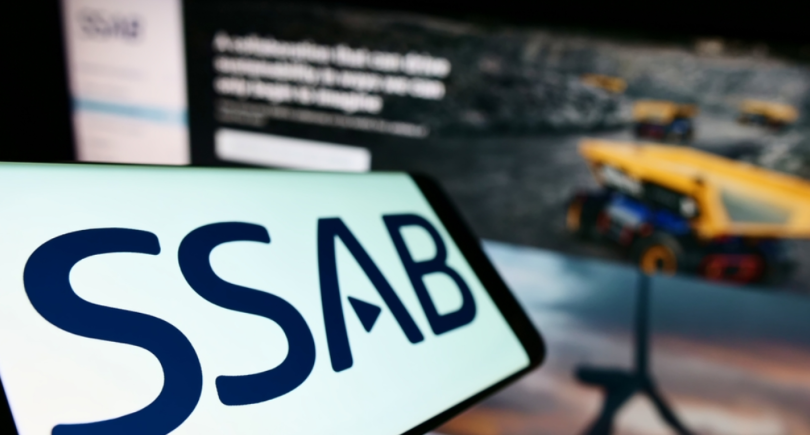
News Green steel СО2 1200 11 September 2020
A delayed launch of the CO2 emission allowances market increases the risk of imposing carbon tax on Ukrainian
The European Business Association (EBA) calls on the Government to adopt as soon as possible and make public all regulations enabling the launch of the national greenhouse gas emissions trading system.
This opinion was advanced by the EBA Committee on Industrial Ecology and Sustainable Development following its participation in a round table held by the Verkhovna Rada Committee on Environmental Policy and Nature Management in conjunction with the Ministry of Environmental Protection and Natural Resources of Ukraine.
“A delayed launch of the national greenhouse gas emissions trading scheme erodes Ukraine’s reputation as a reliable participant in global climate change processes and increases risks of possible application of the Carbon Border Adjustment Mechanism to Ukraine-made products,” the message said.
As reported earlier, the Verkhovna Rada of Ukraine passed the Law “On the Fundamentals of Monitoring, Reporting and Verification of Greenhouse Gas Emissions” in December 2019. The adoption of the document marked the first stage in the introduction of greenhouse gas emissions trading in Ukraine.
At the same time, according to EBA experts, it is now important to clearly identify a structural unit to be vested with control powers. Moreover, it is necessary to develop a procedure for keeping the Unified Register of monitoring, reporting and verification of greenhouse gas emissions.
“Otherwise, the Law will not be applicable from January 2021 as planned,” EBA experts stressed.
According to business, further preparations for the full launch of the national greenhouse gas emissions trading system should include the following four main aspects:
- The СО2emissions trading system is to be launched at the end of the pilot period of monitoring, reporting and verification. But not earlier than January 2025.
- The launch should follow tests where greenhouse gas emission transactions are carried out, but with no financial consequences for participants in the trading system.
- Targets for СО2emissions by unit types and industries and the rules for allowances allocation should be based on accurate data from the national monitoring system and take into account the current state of development of individual industries and the possibility of raising funds for their modernization.
- Funds that will be received by the Government from the sale of emission allowances should be distributed in a transparent manner and spent primarily for environmental modernization and energy efficiency improvement of enterprises that purchased relevant allowances and for reimbursement of their costs associated with the functioning of the greenhouse gas allowances market.
The launch of the national market for СО2 emissions trading gained particular importance in connection with the European Green Deal adopted by the European Union early this year. Its main goal is to achieve climate neutrality of the European continent until 2050.
The introduction of the so-called Carbon Border Adjustment Mechanism is deemed to be an instrument of the EU’s new climate policy. Basically, it is a special carbon tax to be imposed on products imported into the EU from countries that do not pay due attention to reducing СО2 emissions.
By signing the Association Agreement with the EU in 2014, Ukraine undertook to implement a number of documents on combating climate change. Among them there is the Directive 2003/87/EC establishing a scheme for greenhouse gas emission allowance trading.



